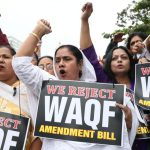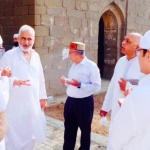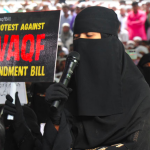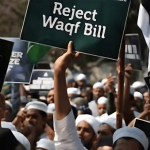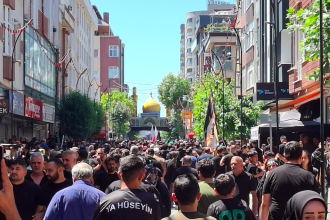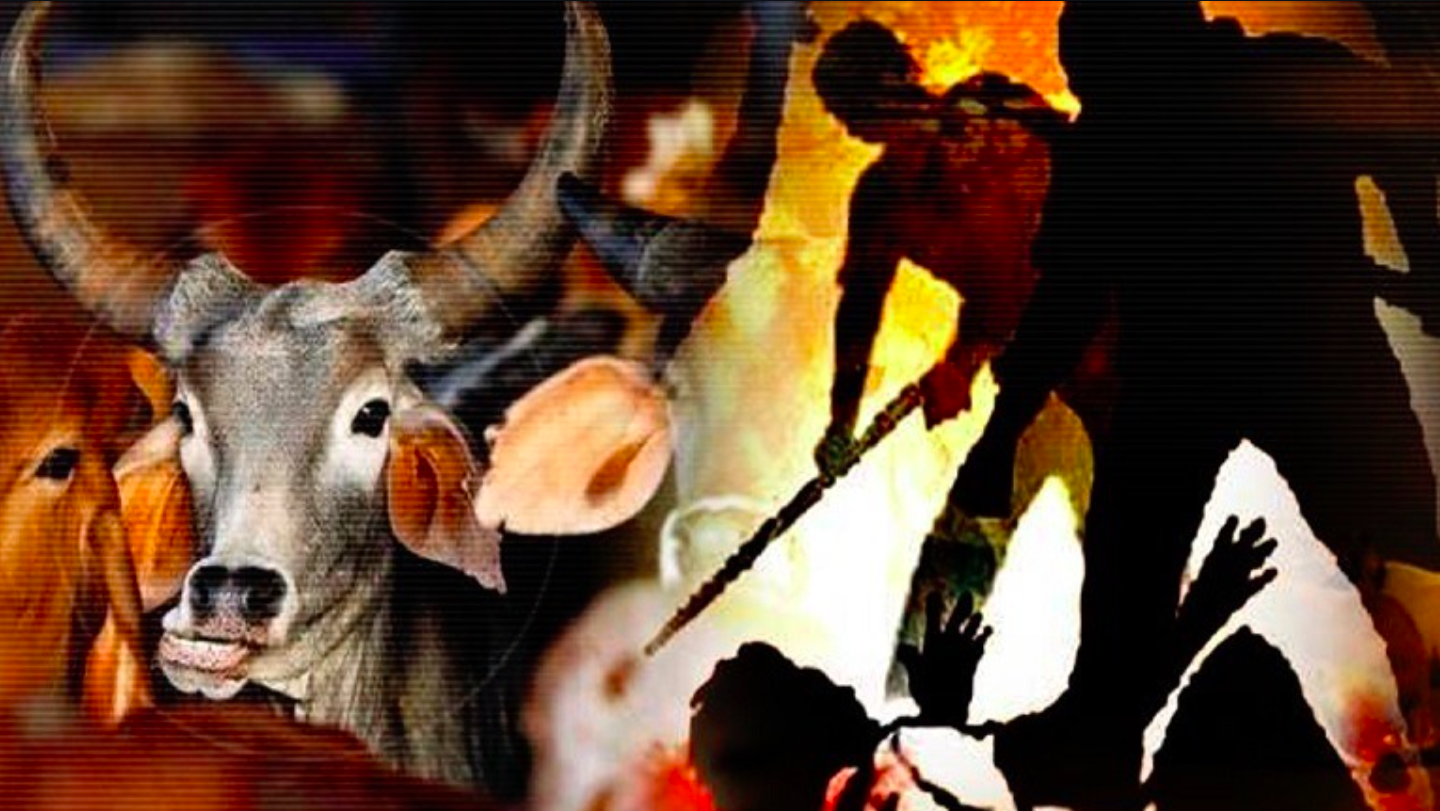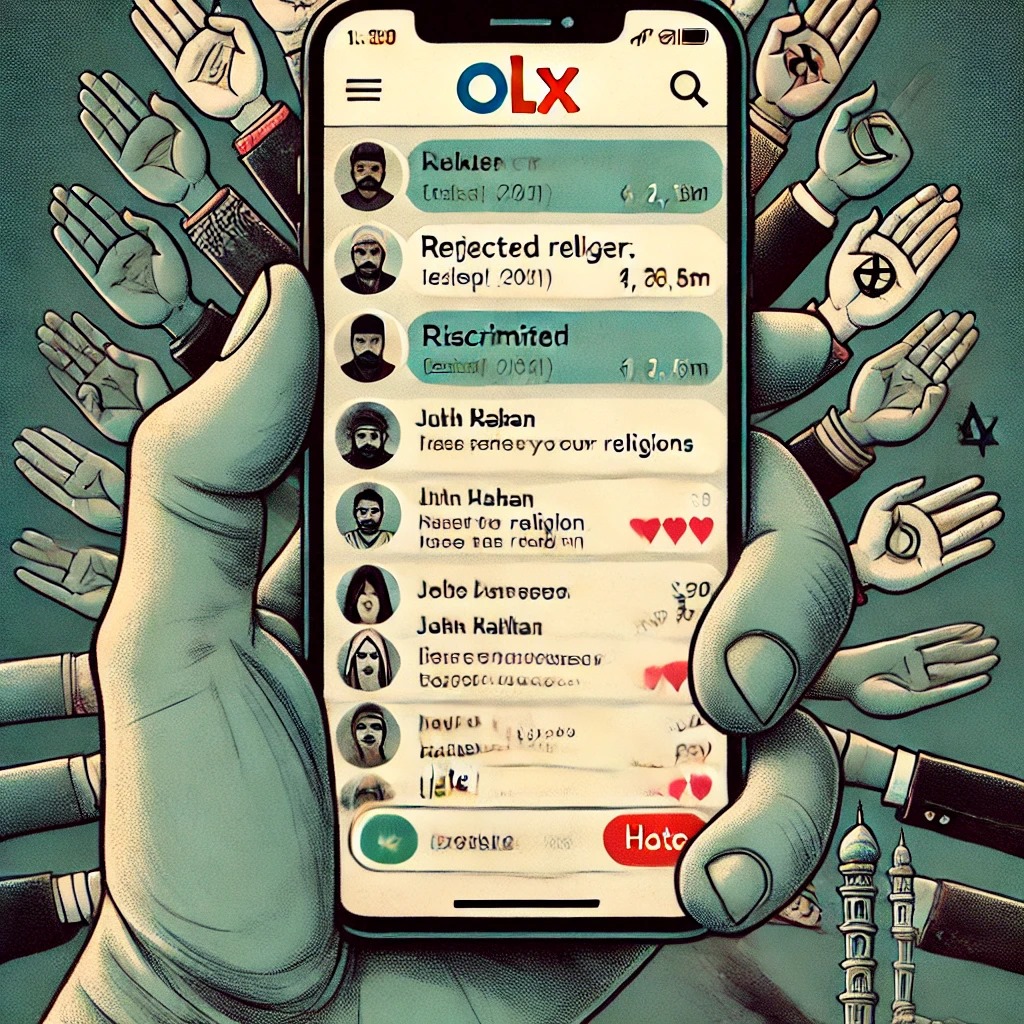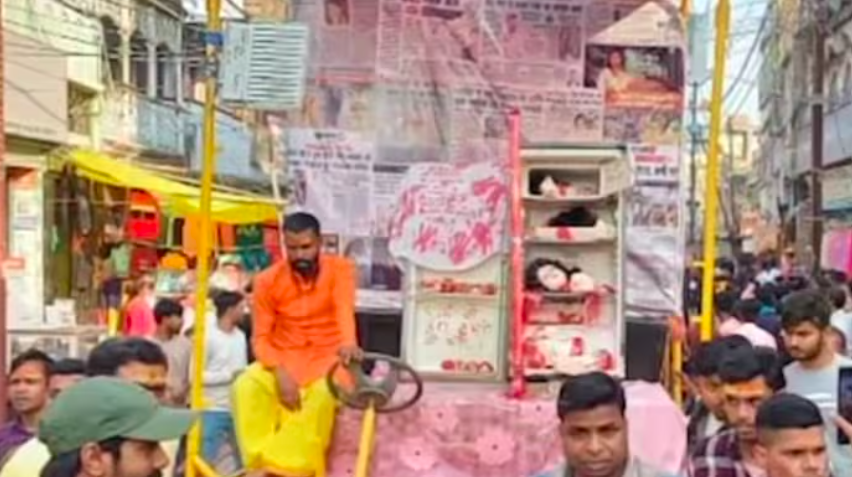Dr. Javed Jamil for BeyondHeadlines
The Patna blasts raise several questions.
– Why did these low intensity blasts coincide with the timing of Modi rally?
– Why even the news of the series of blasts did not make the organizers of the rally think of urgently calling off the rally?
– Did they not fear that if a certain bomb blasted in the crowd, it could cost huge loss of life, not only by the impact of the blast itself but by the stampede that would follow?
– Why did the BJP not fear that a big spectrum of their national leaders could be killed in the blasts?
– Why did the organizers of the rally not try to shorten the whole affair?
– Why speakers after speakers continued to speak without any signs of tension?
– Why Modi gave an unusually long speech though the circumstances demanded a brief speech?
– Why Modi chose to play down the communal card, and instead spoke about the “progress” of Muslims in his state?
– Why throughout the whole series of blasts that lasted several hours, did the BJP leadership not panic at all?
– Did they not care about the lives of the people? Did they not realize that if the casualties become big, that would swallow the whole country in communal violence?
– Why did the bombs planted right in the Maidaan not explode when the rally was on, despite the fact that rally lasted for several hours?
– If the timers were involved, why were they not used to cause the greatest damage, which was remarkably easy?
– And finally, who would benefit from such low intensity blasts?
– Will Muslims, who have not yet recovered from Muzaffar Nagar blasts, benefit? Would Nitish Kumar’s government or party take mileage out of it? Would it benefit Congress, which very well knows that such blasts could unite the majority community behind BJP?
While each of the above questions needs to be answered, he motive factor is the biggest question that cannot and must not be ignored.
(Dr. Javed Jamil is India based thinker and writer with over a dozen books. He can be contacted at doctorforu123@yahoo.com)


